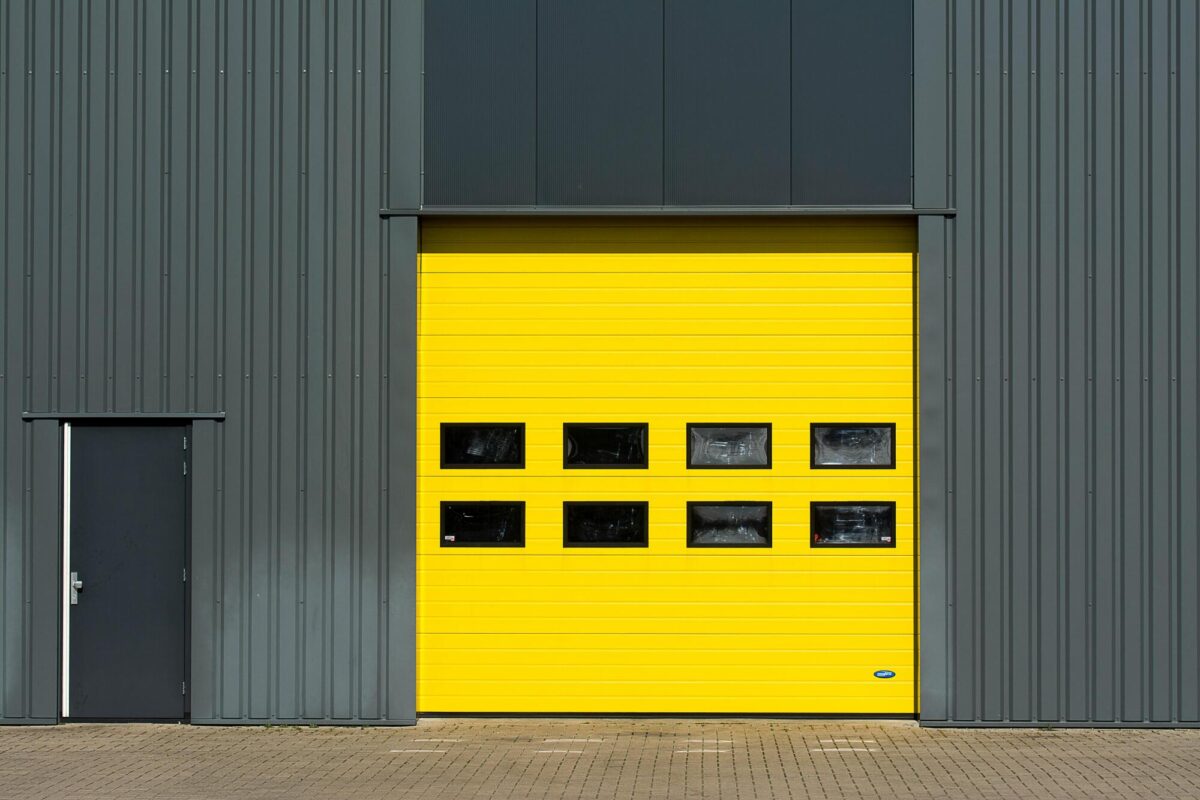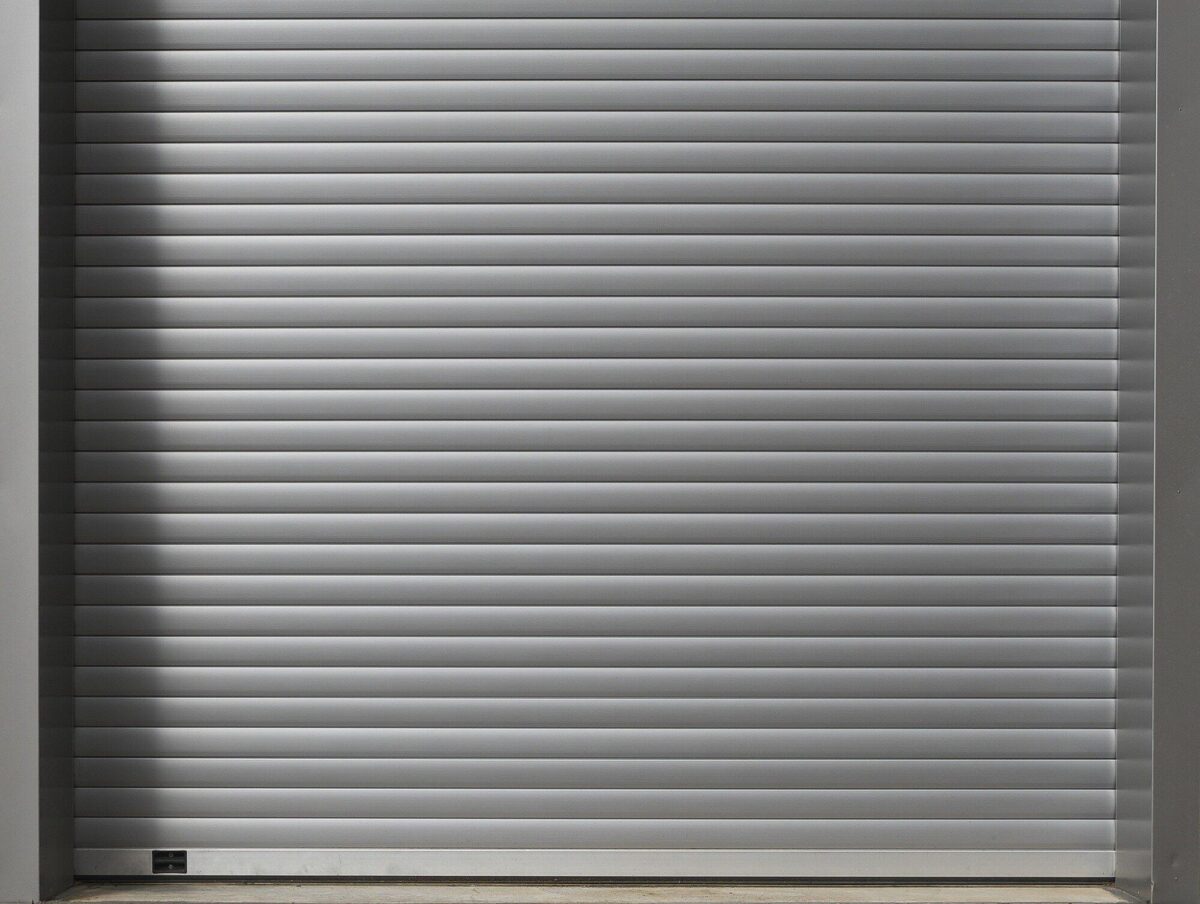About two-thirds of all homes and condos in the United States have garages. They provide a convenient and safe way to store your vehicles and other items and access your home. So, when a garage door is not functioning properly, it can be a huge hassle. If you are unfamiliar with garage door functions, issues can be difficult to identify and address. The good news is that there are only a handful of problems that are likely to be the culprit of a garage door not working well. Below are five tips for how to fix a garage door. These identify some of the most common problems people experience with garage doors and possible solutions. Keep reading to learn more.
1. Check the Sensors
All motorized garage doors sold in the United States must come with a safety reverse feature. This uses laser sensors that detect when something is in the path of a lowering garage door. This is very important, as some garage doors can weigh several hundred pounds. These sensors will stop and reverse a door that is lowering onto children, pets, or objects. Obstructed sensors are a common garage door issue. They are sensitive, so even small dust or debris particles can cause them to malfunction. They also must be aligned, or your garage door will not close. When trying to figure out how to fix garage door sensors, cleaning off the lenses is a good place to start. Check to see if the mounts have been bumped or otherwise moved out of alignment.
2. Clean and Adust the Tracks
The tracks are the next place where common issues can arise. First, check for any obstructions that may be keeping the rollers from moving down the track.
Tracks can also become damaged or bent. Inspect them for sections that may be out of alignment. You may be able to bang out minor dips with a hammer. If the damage is severe, you should have a professional replace the track. Finally, tracks need proper lubrication so the garage door can roll freely. If there is a lot of dirt or dust in the track, clean them with a mild detergent, then apply a thick layer of silicone-based greatest.
3. Examine the Trolley
Automatic garage door systems have a motor that operates a chain, that moves a trolley back and forth. The trolley attaches to an arm that runs to the door, which moves it up and down. The trolley usually has a rope that dangles down. Pulling it can release the trolley from the track, so that you can manually open or close the door. Some garage door issues can arise when if the trolley does not reengage with the fixed latching part on the chain. This is an easy problem to spot, because the chain will be moving, but the trolley will not. Usually pulling down the rope a few times can free the stuck latching mechanism and reengage it with the chain.
4. Adjust Limit Screws
If your garage door is working but not opening or closing all the way, the limit screws could be the issue. These let the motor know how far to open or close the door. These are located on the garage door opener, often on the front under the light cover. The “up” screw control how far the door opens, and the “down” screw how far it closes. If your door is not closing fully, adjust the “down” screw. Do so incrementally–about one-quarter turn–then test it out. If the door is hitting the ground and reversing when you are closing it, dial the “down” screw back until it seals without moving further.
5. Torsion Spring Issues
While the motor on an automatic garage door system controls the movement, it does not do the heavy lifting. This is left up to the torsion spring, which runs along the top of your garage opening. While there are different types of torsion springs, most are made of heavy-gauge steel coils. These generate torque using the weight of the garage door as it closes, which it then uses to lift the door when opening. Some older garage doors have extension springs found on both sides of the door. These use a system of pulleys and cables to open and close the door. They are less common today, as torsion springs provide smoother operation of the door. Regardless of what type of spring you have, these parts will not last forever. If you suspect the issues with your garage door are attributed to the springs, it needs to be addressed. Besides causing malfunction, since they store a lot of energy when wound, torsion springs can be dangerous if they have been damaged. While sometimes adjustment or repair can fix the problem, the most common solution is replacing them. For this, you should hire a professional. They will not only be able to recommend the right size spring for your door but will install it so that it is safe and in proper working order.
6. Electrical and Motorized Components
A final common problem with garage doors is electrical or other issues with your motor or automatic opening system. If your door is not working at all, check the batteries in your remote. Sometimes resyncing removes can also fix this issue. Also, motors can experience wear and tear over time. If you suspect it is struggling to operate your door, you may need to replace it. Often, people install motors that are cheap and too small for their doors. This can cause unneeded strain on the motor and cause it to break down. If you are unable to identify what you suspect are electrical or mechanical issues with your motor or remote system, a professional will be able to easily diagnose the problem. This could save you a lot of time and hassle trying to troubleshoot an issue that is not resolving.
Learn More About How to Fix a Garage Door
Now that you know some tips for how to fix a garage door, you can start troubleshooting your issues. Remember that you should always prioritize safety and hire a professional if the repair is beyond the scope of your expertise. R&S Erection of Richmond offers residential and commercial garage door repair services. We also provide new installation and maintenance and are committed to total customer satisfaction. Reach out to us today to schedule service.




